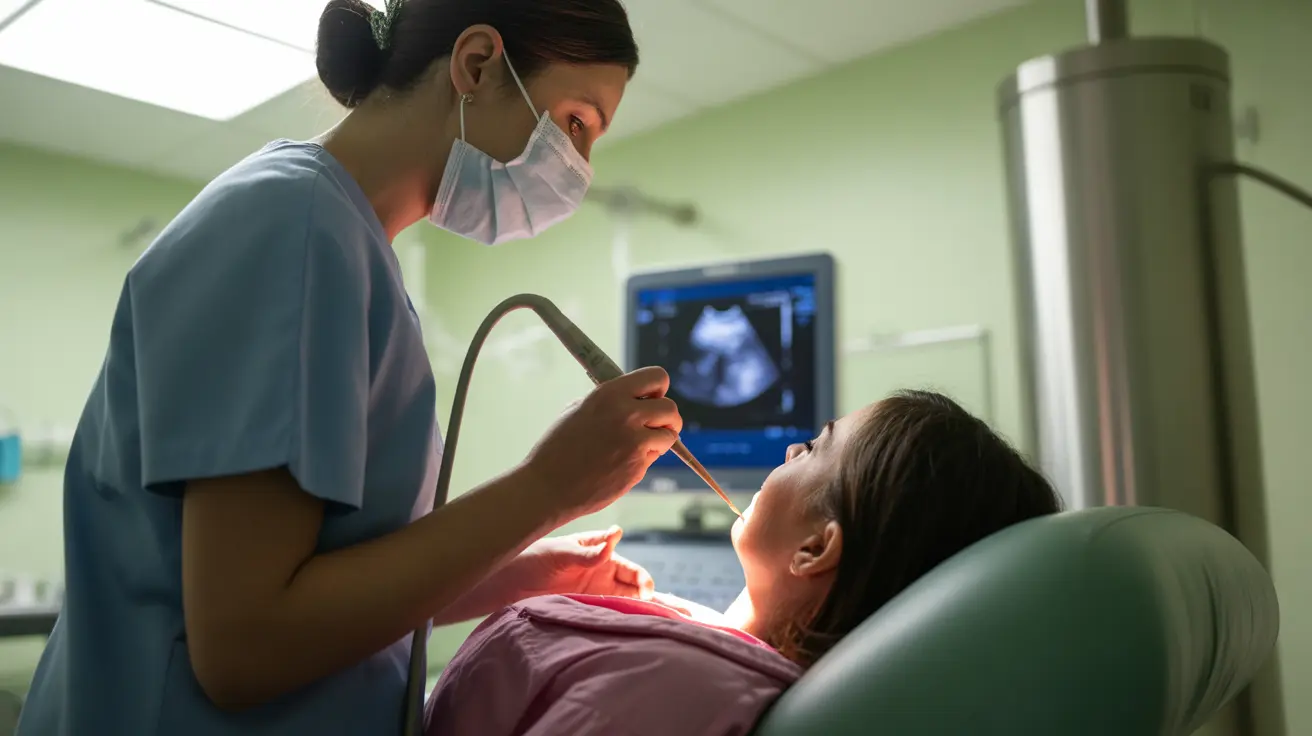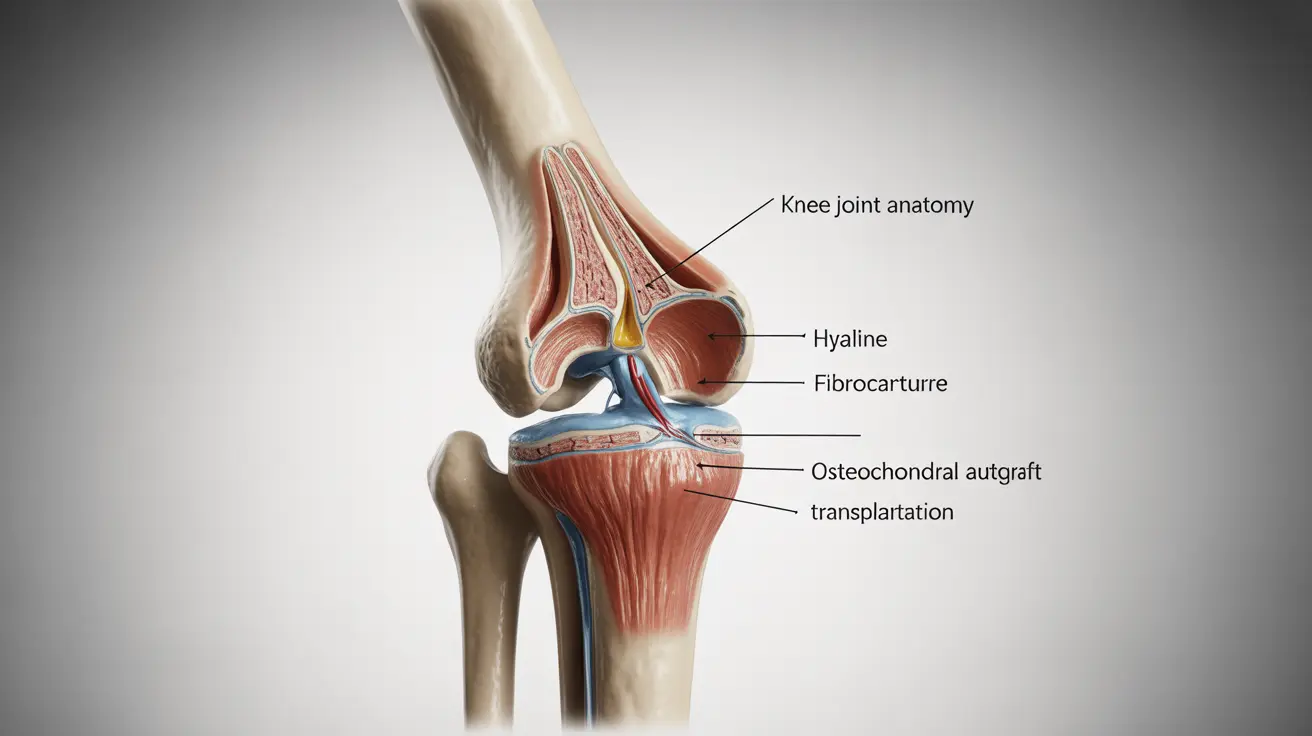Blood tests are essential tools in the fight against COVID-19, offering insights into both active infections and past exposures. Here's how the key tests work:
- PCR Tests:
- Function: Polymerase Chain Reaction (PCR) tests detect the presence of viral RNA in a sample. This type of test is used primarily to diagnose an active COVID-19 infection.
- Procedure: A sample is usually taken via a nasal or throat swab, but blood samples can also be used in some cases.
- Benefits:
- High sensitivity and specificity.
- Ideal for diagnosing current infections.
- Antibody Tests:
- Function: These tests detect antibodies (IgM and IgG) produced by the immune system in response to the virus. They help in identifying if a person has been exposed to the virus in the past.
- Procedure: Typically conducted using a blood sample.
- Benefits:
- Determine if someone has developed immunity to the virus.
- Help gauge community spread and potential herd immunity.
- Limitations:
- Not useful for diagnosing active infections.
- The presence of antibodies does not definitively indicate immunity.
- Why Both Tests Matter:
- PCR Tests detect current infections, crucial for quarantine measures and preventing further spread.
- Antibody Tests provide data on past infections and help understand the immune response to the virus.
Combining these tests offers a comprehensive approach to managing the pandemic by identifying and isolating current infections while also understanding the broader public health landscape.
Recommended Tests:
- Immunoglobulin G (IgG) (example of an antibody test relevant to assessing immune response)




